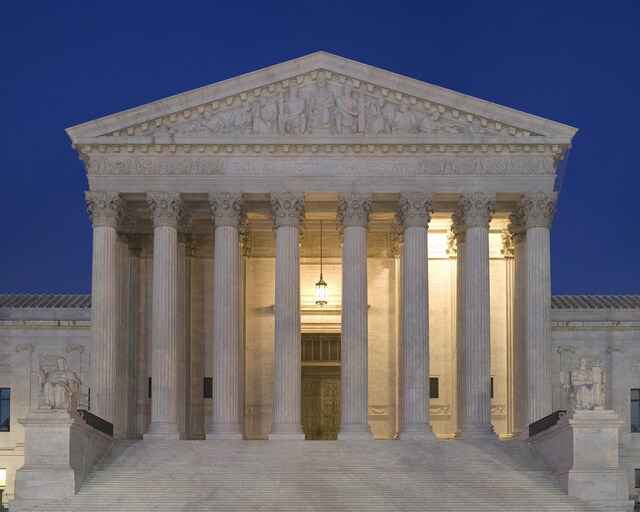SCOTUS Says Functional Equivalents to Direct Discharges Are Subject to CWA
April 23, 2020
The Supreme Court of the United States (SCOTUS) has rendered their opinion in the case of County of Maui v. Hawaii Wildlife Fund, et al., No. 18-260. The court heard oral arguments November 6, 2019 and published their opinion on April 23, 2020 (today).
Justice Breyer delivered the 6-3 opinion of the court addressing the critical question of whether the Clean Water Act (CWA) requires a permit when pollutants originate from a point source but are conveyed to navigable waters by a non-point source, specifically groundwater. The court concluded that the statutory provisions at issue require a permit if the addition of the pollutants through groundwater is the functional equivalent of a direct discharge from the point source into navigable waters.
In 2012, environmental groups claimed that the County of Maui wastewater reclamation facility was discharging a pollutant to navigable waters without a permit. The Maui facility collects and partially treats sewage, then pumps the treated water through four wells hundreds of feet underground. This effluent travels one half mile through groundwater to the Pacific Ocean.
In 2014, the US District Court in Hawaii ruled that the discharge from wells to groundwater was functionally one into navigable waters because the path to the ocean is clearly ascertainable. The court found that a considerable amount of effluent from the wells ended up in the ocean.
In 2018, the Ninth Circuit Court of Appeals affirmed this decision with a different description of the statutory standard writing that a permit is required when "the pollutants are fairly traceable from the point source to a navigable water such that the discharge is the functional equivalent of a discharge into the navigable water."
In 2019, other circuit courts around the country reached different decisions on the applicability of the CWA. At that point, the Supreme Court agreed to hear the case.
SCOTUS vacated the Ninth Circuit judgment taking the view that Congress did not intend for the Environmental Protection Agency (EPA) to have the broad authority for point source permitting that would be afforded by the Ninth Circuit's traceability description. Such an interpretation could result in permitting bizarre circumstances such as pollutants carried to navigable waters on a bird's feathers. Justice Breyer wrote that Congress intended groundwater pollution and non-point source pollution to be the responsibility of the States and specifically rejected requests for general EPA authority over groundwater when first considering the bills that became the CWA fifty years ago.
Today's opinion also addressed EPA's recent Interpretive Statement that all releases of pollutants to groundwater are excluded from CWA permitting even when conveyed to jurisdictional surface waters via groundwater. While the court pays attention to an agency's views because of their expertise and experience, EPAs interpretation would open a loophole allowing easy evasion of the basic purposes of the statute.
Ultimately, the Supreme Court opinion stated that CWA Section 301 permitting requirements are applicable to a point source discharge of pollutants that reach navigable waters after traveling through groundwater if that discharge is the functional equivalent of a direct discharge from the point source into navigable waters.
Links
Supreme Court Opinion in Maui v. Hawaii Wildlife Fund et al.
Supreme Court Docket No. 18-260 | Argued November 6, 2019 - Decided April 23, 2020




